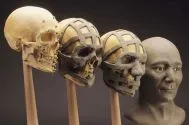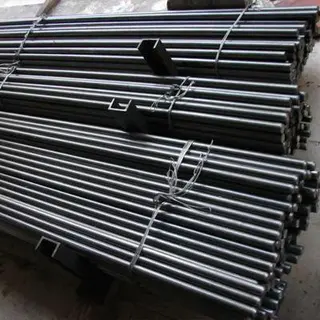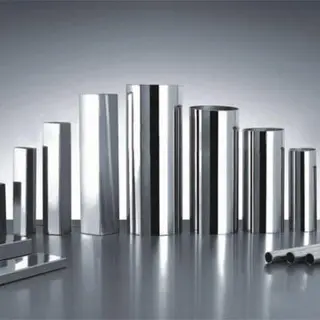Is precision components manufacturing ready for 3D printing? (Part two)
Some Practical Uses for Laser Printing Metal
Metal laser printing has prevailed for numerous applications, including everything from prototyping to functional component parts in different types of industries, to vast customized production of daily item like jewelry and kitchen utensil. Metal’s laser printing is highly prevalent in dental and orthopedic implant applications.
It permits the customization of these products to satisfy each patient’s requirements. Metal’s laser printing is also broadly applied in the aerospace field. For example, there are 3D printed fuel nozzles in next-generation LEAP jet engine.
Some Common Mistakes
People make some false assumptions when referring to metal’s 3D laser printing. It sounds stupid but is worth paying attention to that just because a product is designed by using 3D CAD modeling does not make it "3D print-ready". 3D laser printing process needs specific post-processing. In common with any manufacturing method, the characteristics of the specific material to be used must also be taken into account. For instance, one assumption is that metal’s laser printing is a replacement for metal castings. Contrarily, lasers are very useful for unique and complex parts that cannot be cast. The characteristics of a 3D laser printed metal object are different from the characteristics of the "identical" objects as it is cast in metal.
Moreover, laser printing of metal parts designed for processes like CNC milling could cost a lot. The reason is that the parts which are subtractively produced are of greater mass and volume, and their designs are not improved best for the existing advantages of 3D manufacturing - essentially voids and lightweight, high-strength structures.
Metal laser printing has prevailed for numerous applications, including everything from prototyping to functional component parts in different types of industries, to vast customized production of daily item like jewelry and kitchen utensil. Metal’s laser printing is highly prevalent in dental and orthopedic implant applications.
It permits the customization of these products to satisfy each patient’s requirements. Metal’s laser printing is also broadly applied in the aerospace field. For example, there are 3D printed fuel nozzles in next-generation LEAP jet engine.
Some Common Mistakes
People make some false assumptions when referring to metal’s 3D laser printing. It sounds stupid but is worth paying attention to that just because a product is designed by using 3D CAD modeling does not make it "3D print-ready". 3D laser printing process needs specific post-processing. In common with any manufacturing method, the characteristics of the specific material to be used must also be taken into account. For instance, one assumption is that metal’s laser printing is a replacement for metal castings. Contrarily, lasers are very useful for unique and complex parts that cannot be cast. The characteristics of a 3D laser printed metal object are different from the characteristics of the "identical" objects as it is cast in metal.
Moreover, laser printing of metal parts designed for processes like CNC milling could cost a lot. The reason is that the parts which are subtractively produced are of greater mass and volume, and their designs are not improved best for the existing advantages of 3D manufacturing - essentially voids and lightweight, high-strength structures.
Send your message to this supplier
Related Articles from the Supplier
Related Articles from China Manufacturers
Materials for Valve Components (Part Two)
- Mar 29, 2022
Common alloying elements of steel (part two)
- Apr 15, 2019
Manufacturing of Valves (Part Two)
- Aug 21, 2017
28 Inch 300 LB Ball Valves Ready for Shipment
- Jun 09, 2023
Related Products Mentioned in the Article
EKS(Xiamen)Precision Industry Co., Ltd
- Address: 中国福建省厦门市集美区灌口镇深青工业园后山头29号
- Phone: 86-0592-6360601
- Business Type: Industry & Trading, Manufacturer,
Supplier Website
Source: http://www.junyingmetal.com/is-precision-components-manufacturing-ready-for-3d-printing-part-two.html













